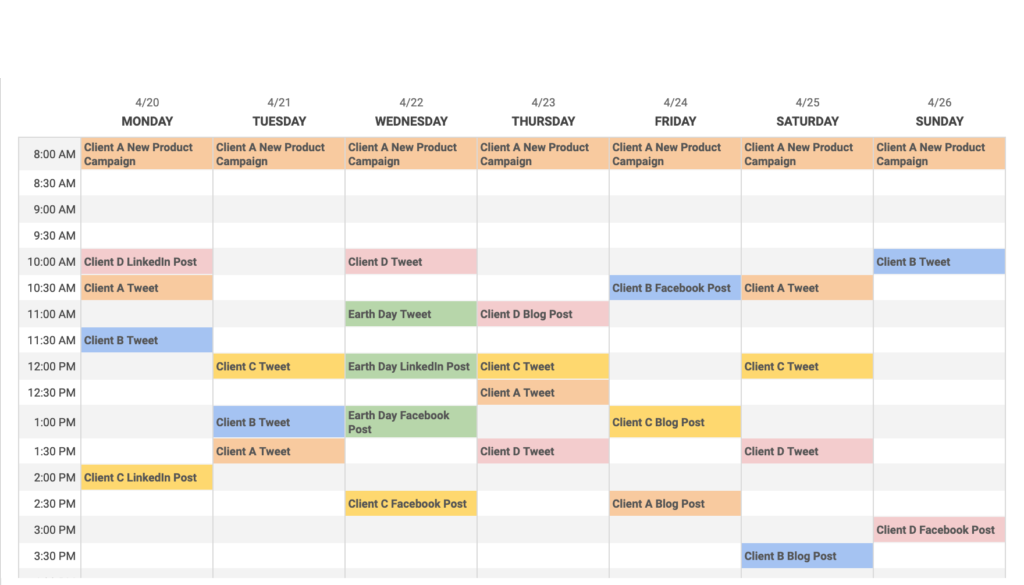A well-planned social media content calendar is the backbone of any successful marketing strategy. It helps you stay organized, post consistently, and maintain a clear vision for your brand’s message across platforms. Instead of scrambling for last-minute ideas, a content calendar allows you to plan ahead, align posts with campaigns, and track performance over time. Whether you’re managing one account or several, creating a structured system ensures your content remains engaging, relevant, and on schedule. In this guide, we’ll walk you through how to build a social media content calendar that truly works, one that saves time, boosts creativity, and keeps your brand active and cohesive online.

Define Your Goals and Audience Before You Plan
Before you start filling in dates and post ideas, it’s essential to define your goals and understand who you’re creating content for. Ask yourself what you want to achieve with your social media presence — is it brand awareness, engagement, lead generation, or sales? Each goal will shape the type of content you create and how often you post. Equally important is knowing your audience: their interests, pain points, and the platforms they use most. Do a quick audience research through polls, analytics, or customer feedback to uncover what resonates with them. When your goals and audience insights are clear, your content calendar becomes a strategic tool rather than just a schedule. Every post will serve a purpose — to connect, inform, or inspire — helping you stay consistent and effective in your overall marketing strategy.
Plan Around Key Dates, Events, and Campaigns
A strong social media content calendar doesn’t just fill days, it aligns with meaningful moments. Planning around key dates, holidays, and events ensures your content stays timely and relevant. Start by mapping out important dates for your brand, such as product launches, sales, or company milestones. Then, add seasonal events, industry conferences, and trending holidays that resonate with your audience. Don’t forget fun or niche observances, like “World Coffee Day” or “International Women’s Day,” which can spark engagement and creativity. Building your calendar around these touchpoints helps you create cohesive campaigns that feel intentional rather than rushed. By anticipating key moments in advance, you can make stronger visuals, captions, and promotions that align with your overall marketing goals — ensuring your brand always shows up at the right time with the right message.
Tools and Templates to Simplify Your Planning Process
Creating a social media content calendar is much easier when you use the right tools and templates. Platforms like Trello, Asana, or Notion make it simple to organize ideas, assign tasks, and track deadlines in one place. For scheduling posts, tools such as Buffer, Later, or Hootsuite allow you to plan and automate content across multiple platforms effortlessly. If you prefer a visual layout, Google Sheets or Airtable templates can help you map out posts by date, platform, and content type. Templates not only save time but also keep your team aligned on campaigns and goals. Choose a system that fits your workflow, whether that’s a simple spreadsheet or a full project management dashboard. With the right tools in place, your content calendar becomes more than a plan, it becomes a reliable system that keeps your social media strategy organized and consistent.
Conclusion
Building a social media content calendar is the key to staying consistent, strategic, and stress-free. With clear goals, thoughtful planning, and the right tools, you can create content that connects and converts. A well-organized calendar keeps your brand active, relevant, and ready to engage your audience year-round.

